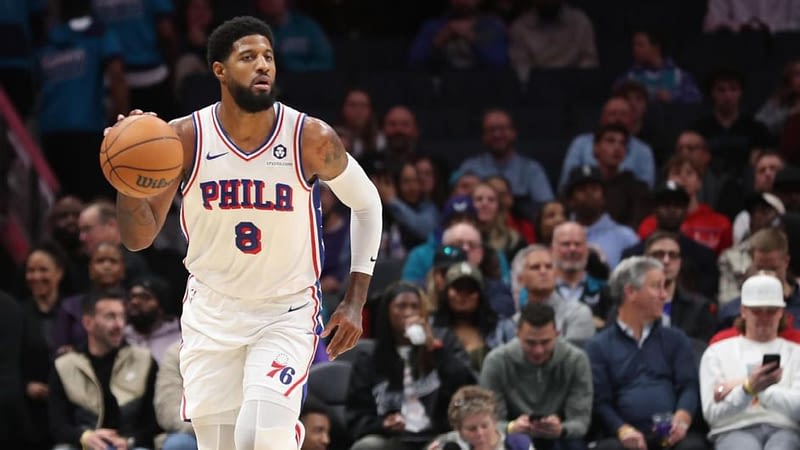NBA Commissioner Adam Silver Addresses 3-Point Shooting Trends and More
In the glitzy city of Las Vegas, where the bright lights never dim, NBA Commissioner Adam Silver took center stage to discuss a topic that’s been on the minds of basketball enthusiasts and analysts alike: the increasing trend of 3-point shooting in the league. With the Boston Celtics on track to break the NBA’s record for 3-pointers attempted by a team this season, it’s no wonder this topic is generating buzz.
Silver, speaking to a small group of reporters before the championship game of the league’s second annual NBA Cup between the Oklahoma City Thunder and Milwaukee Bucks, acknowledged the league’s awareness of the trend. “The answer is yes, [we are having] many discussions about the style of basketball [being played],” Silver said. He emphasized that the league is looking at the issue from a broader perspective, considering the skill level on the floor, the diversity of offense, and fan reception to the game.
While some critics argue that offenses are becoming “cookie cutter” and teams are merely copying each other, Silver believes the game is in a great place. “I love watching the games and I think we have some of the most skilled athletes in the world competing,” he said. However, he also noted that the league is open to discussions about potential stylistic improvements.
The Celtics are currently averaging 51.1 attempted 3’s per game, a figure that would easily shatter the record for triples attempted in a season. This trend is not limited to Boston; teams across the league are shooting more 3s than ever before, driven by the mathematical advantage of 3-point shots over mid-range 2-point jumpers.
Despite the rising number of 3-point attempts, Silver made it clear that any drastic changes, such as moving the 3-point line, are not imminent. He explained the complexities involved in such decisions and highlighted the league’s efforts to address the notion of too many teams playing the same way.
“Historically, at times, we’ve moved the 3-point line,” Silver said. “I don’t think that’s a solution here because then, I think when we look at both the game and the data, I think that may not necessarily do more mid-range jumpers, if that’s what people want, but more clogging under the basket.”
Silver also touched on several other topics during his half-hour with reporters:
- NBA Cup’s Future: The future of the NBA Cup could see it leaving Las Vegas. While the semifinals and championship game have been held in Las Vegas for the first two years, there are discussions about potentially moving at least the semifinal games to home markets. Silver confirmed these discussions but noted the challenges of scheduling conflicts with arena dates.
- Collective Bargaining Agreement: Silver stated that the new collective bargaining agreement is working as intended, particularly in limiting the operations of the highest-spending teams. He acknowledged that some teams might not have fully understood the inflexibility of the system once they reach the highest-spending tiers. However, he believes it’s too early to determine if the trade market will be affected by the new rules.
- Ratings and Streaming: Silver addressed the decline in early-season ratings, attributing it to a broader trend of declining cable television viewership. He emphasized the league’s pivot to streaming in its upcoming television deal, which will make every game available on a streaming service. Silver highlighted the potential for new production capabilities and functionalities that streaming offers.
- Expansion: On the topic of expansion, Silver reiterated that the NBA is “not quite there yet” and that there is no timeline for when the process might begin.
As the NBA continues to evolve, it’s clear that the league is committed to maintaining a dynamic and engaging product for fans. Whether it’s addressing the 3-point shooting trend, exploring new venues for the NBA Cup, or adapting to the changing media landscape, the NBA is poised to navigate these challenges with an eye toward the future.
Originally Written by: Tim Bontemps





















